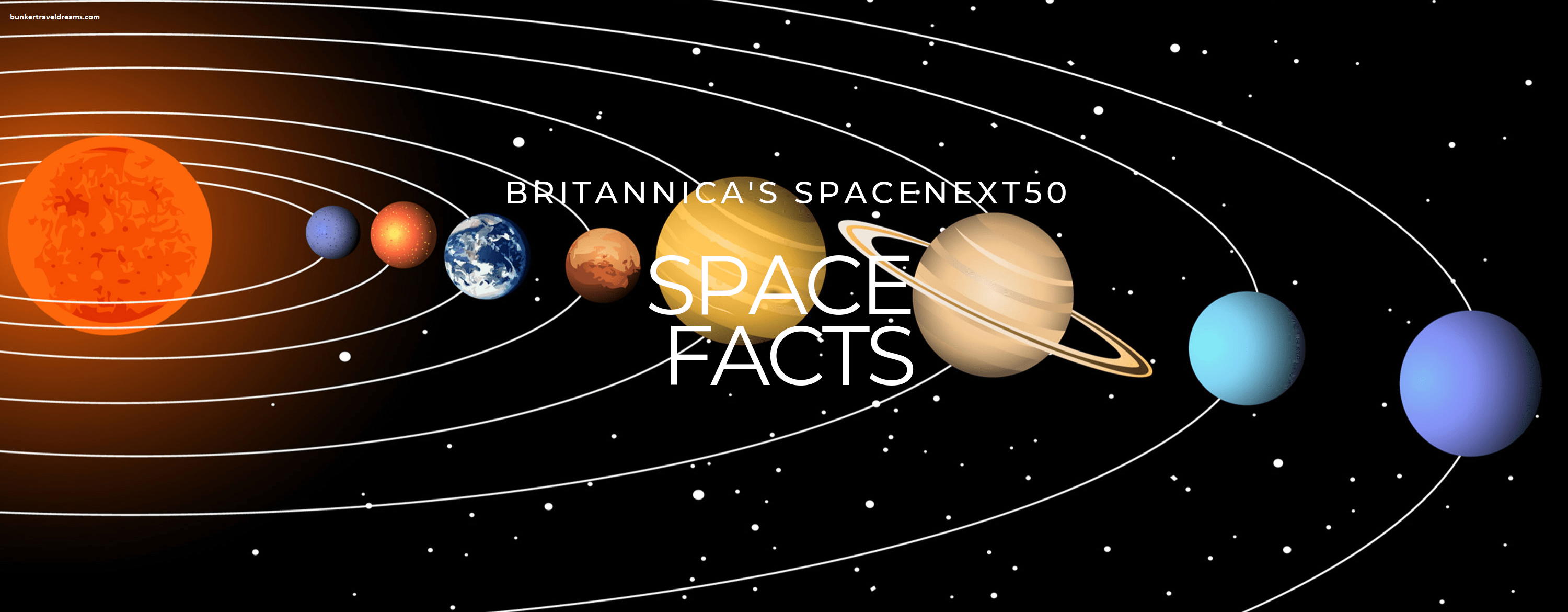Introduction
Space is a three-dimensional continuum containing positions and directions. In classical physics, the physical void is often conceived in three linear dimensions. Modern physicists usually consider it, with time, to be part of a boundless four-dimensional continuum known as spacetime. The concept of space is considered to be of fundamental importance to an understanding of the physical universe. However, disagreement continues between philosophers over whether it is itself an entity, a relationship between entities, or part of a conceptual framework.
In the 19th and 20th centuries, mathematicians began to examine geometries that are non-Euclidean, in which the void is conceived as curved rather than flat, as in Euclidean geometry. According to Albert Einstein’s theory of general relativity, space around gravitational fields deviates from Euclidean space. Experimental tests of general relativity have confirmed that non-Euclidean geometries provide a better model for the shape of space. [citation needed]
Can we see space at night?
Our own galaxy, the Milky Way, appears as a band of faint light across the night sky in dark locations away from bright city lights.
 Philosophy of space and time is the branch of philosophy concerned with the issues surrounding the ontology and epistemology of the void and time. The subject focuses on a number of basic issues, including whether time and the void exist independently of the mind, whether they exist independently of one another, what accounts for time’s apparently unidirectional flow, whether times other than the present moment exist, and questions about the nature of identity (particularly the nature of identity over time).
Philosophy of space and time is the branch of philosophy concerned with the issues surrounding the ontology and epistemology of the void and time. The subject focuses on a number of basic issues, including whether time and the void exist independently of the mind, whether they exist independently of one another, what accounts for time’s apparently unidirectional flow, whether times other than the present moment exist, and questions about the nature of identity (particularly the nature of identity over time).  Following Galileo and Descartes, during the seventeenth century the philosophy of the void and time revolved around the ideas of Gottfried Leibniz, a German philosopher-mathematician, and Isaac Newton, who set out two opposing theories of what space is.
Following Galileo and Descartes, during the seventeenth century the philosophy of the void and time revolved around the ideas of Gottfried Leibniz, a German philosopher-mathematician, and Isaac Newton, who set out two opposing theories of what space is.
Leibniz argued that the void could not exist independently of objects in the world because that implies a difference between two universes exactly alike except for the location of the material world in each universe.
Geographical space
Geography is the branch of science concerned with identifying and describing places on Earth, utilizing spatial awareness to try to understand why things exist in specific locations. Cartography is the mapping of the void to allow better navigation, for visualization purposes, and to act as a locational device.
Geographically, the void is often considered as land and can have a relation to ownership usage (in which the void is seen as property or territory). While some cultures assert the rights of the individual in terms of ownership, other cultures will identify with a communal approach to land ownership, while still other cultures, such as Australian Aboriginals, rather than asserting ownership rights to land, invert the relationship and consider that they are in fact owned by the land.
The void can also impact human and cultural behavior, being an important factor in architecture, where it will impact the design of buildings and structures, and in farming.
Ownership of the void is not restricted to land. Ownership of airspace and of waters is decided internationally. Other forms of ownership have been recently asserted to other spaces—for example, to the radio bands of the electromagnetic spectrum or to cyberspace.
Public void is a term used to define areas of land as collectively owned by the community and managed in their name by delegated bodies; such voids are open to all, while private property is land culturally owned by an individual or company for their own use and pleasure.
Abstract: The void is a term used in geography to refer to a hypothetical void characterized by complete homogeneity. When modeling activity or behavior, it is a conceptual tool used to limit extraneous variables such as terrain.
Legal status
The Outer Space Treaty provides the basic framework for international space law. The treaty states that it is free for all nation-states to explore and is not subject to claims of national sovereignty, calling outer space the “province of all mankind.”
It prohibits the deployment of nuclear weapons in the outer void. The treaty was passed by the United Nations General Assembly in 1963 and signed in 1967 by the Union of Soviet Socialist Republics (USSR), the United States of America (USA), and the United Kingdom (UK). As of 2017, 105 state parties have either ratified or acceded to the treaty. An additional 25 states signed the treaty without ratifying it.
Since 1958, outer space has been the subject of multiple United Nations resolutions. Of these, more than 50 have been concerning international cooperation in the peaceful uses of outer space and preventing an arms race in outer space. Four additional Great Beyond Law treaties have been negotiated and drafted by the UN’s Committee on the Peaceful Uses of Outer Space. Still, there remains no legal prohibition against deploying conventional weapons in the great beyond, and anti-satellite weapons have been successfully tested by the USA, USSR, China, and, in 2019, India. The 1979 Moon Treaty turned the jurisdiction of all heavenly bodies (including the orbits around such bodies) over to the international community.
In 1976, eight equatorial states (Ecuador, Colombia, Brazil, the Republic of the Congo, Zaire, Uganda, Kenya, and Indonesia) met in Bogotá, Colombia. With their “Declaration of the First Meeting of Equatorial Countries,” or the Bogotá Declaration, they claimed control of the segment of the geosynchronous orbital path corresponding to each country.
 Interplanetary space within the Solar System is the great beyond between the eight planets, the great beyond between the planets and the Sun, as well as the void beyond the orbit of the outermost planet, Neptune, where the solar wind remains active.
Interplanetary space within the Solar System is the great beyond between the eight planets, the great beyond between the planets and the Sun, as well as the void beyond the orbit of the outermost planet, Neptune, where the solar wind remains active.
This wind has a particle density of 5–10 protons/cm³ and is moving at a velocity of 350–400 km/s (780,000–890,000 mph). The heliopause in turn deflects away low-energy galactic cosmic rays, with this modulation effect peaking during solar maximum.
The volume of interplanetary space, the great beyond, is a nearly total vacuum, with a mean free path of about one astronomical unit at the orbital distance of the Earth. The Great Beyond is not completely empty and is sparsely filled with cosmic rays, which include ionized atomic nuclei and various subatomic particles. There is gas, plasma, and dust; small meteors; and several dozen types of organic molecules discovered to date by microwave spectroscopy. A cloud of interplanetary dust is visible at night as a faint band called the zodiacal light.
These are shaped by the influence of the solar wind into the approximation of a teardrop shape, with the long tail extending outward behind the planet. These magnetic fields can trap particles from the solar wind and other sources, creating belts of charged particles such as the Van Allen radiation belts. Planets without magnetic fields, such as Mars, have their atmospheres gradually eroded by the solar wind.
Conclusion
Space is a huge, enigmatic region that contains the universe’s secrets. From supporting celestial planets to serving as the subject of philosophical and scientific research, it tests humanity’s ability to comprehend its nature and beginnings. The Great Beyond continues to spur innovation as we delve deeper, providing countless opportunities for survival and discovery beyond Earth.
FAQs
What is space?
Outer space refers to the areas between planets, solar systems, galaxies, galaxy clusters and galaxy superclusters
Why is space silent?
In space, where there is no air, sound has no way to travel.
Is there water in space?
Enormous amounts of water in gaseous form exist in the vast stellar nurseries of our galaxy



